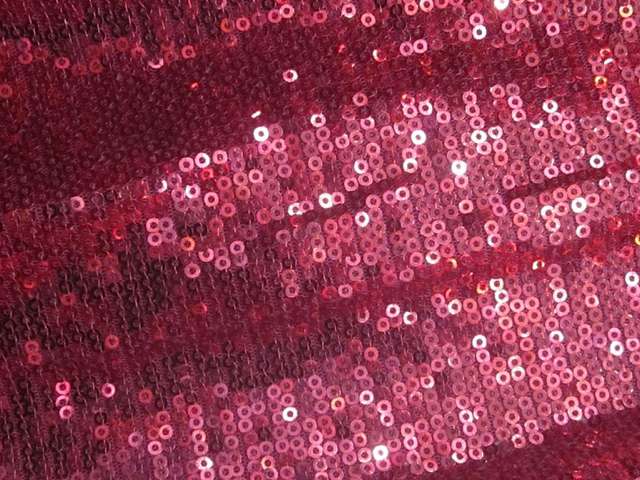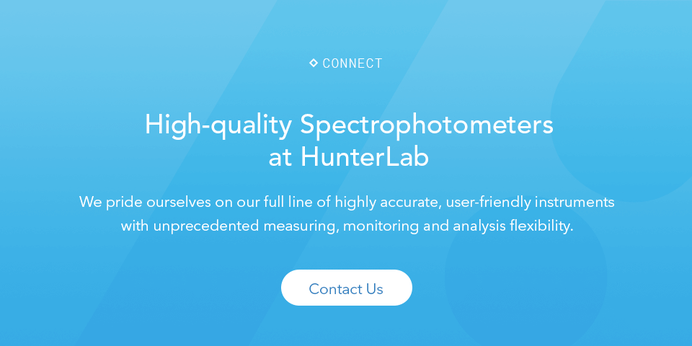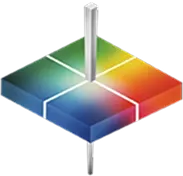
The best spectrophotometer for measuring glitter or sequins is an instrument that can accommodate glossy surfaces. Image Source: Unsplash user Mink Mingle
A fashion designer needs the perfect rose gold sequin fabric to create shiny, beautiful gowns for an upcoming runway show. To make his vision a reality, he wants the tiny sequins to be completely uniform in shape and color from one piece to the next, making it appear as though his models are wearing liquid gold. However, this isn’t a simple task; any slight variation in the sequins’ color or shine could stand out on the gowns, making them appear less than perfect. Imagine seeing a few random chunks of muddy brown sequins clashing against the bright, rosy gold pattern—the result is a gown that, from a distance, looks as though it has holes in it.
To prevent this problem, manufacturers of sequins and glitter must employ sophisticated color measurement technologies in their quality control processes. Measuring the color of glitter and sequins can be challenging because they are very reflective products. Modern spectrophotometric instruments, however, are capable of seeing through this sheen in order to detect the true color of the product and ensure that your products live up to your—and your customers’—expectations.
Why Color Consistency Matters
Glitter and sequins are used in a wide range of industries, from the tiny flakes of sparkle that you see in certain nail polishes, to the bright, reflective finish on an ice skater’s costume. These shiny pieces of plastic and metal also have industrial applications, including uses in flooring, solvents, and boat finishes.1 However, the quality of your products determines how many applications they will likely have in the real world. Because glitter and sequins are often applied in detailed, intricate patterns on products like fabrics, flooring, and even cosmetics, color consistency is vital. Without stringent color quality control, sequin and glitter manufacturers may produce sheets of product that vary in color, resulting in obvious aesthetic flaws in their end-use applications.

Brightly-colored sequins and glitter need to be consistent in color, especially if they’re being used to make fabric for clothing. Image Source: Wikimedia user Sherrie Thai



